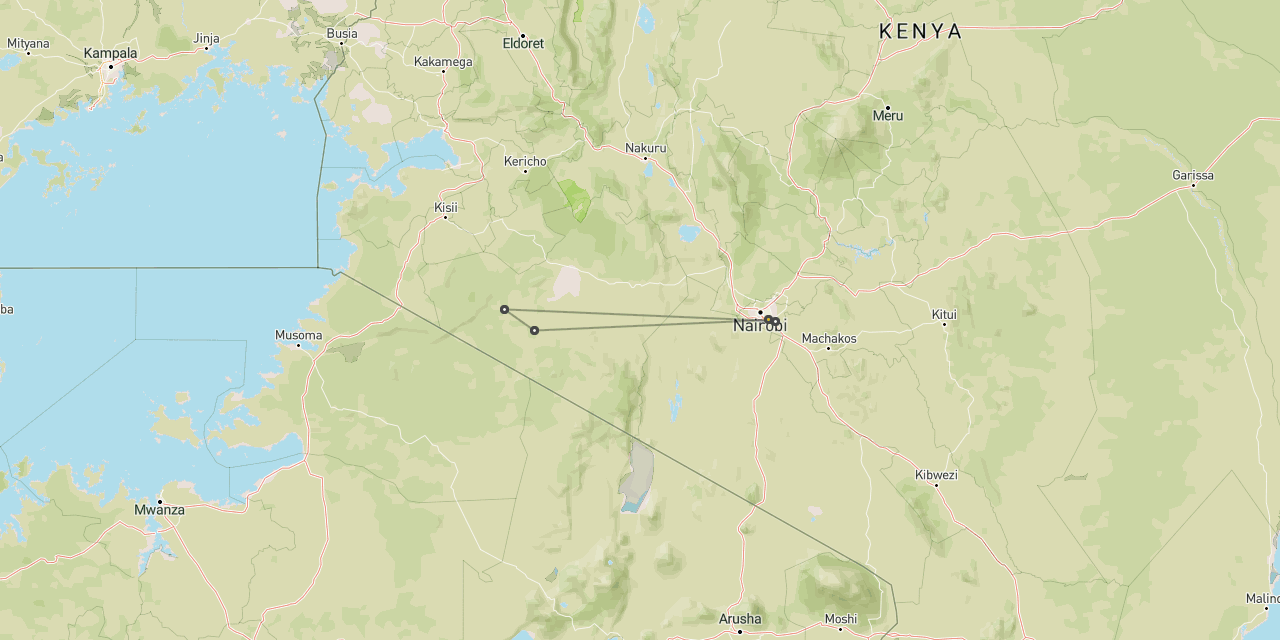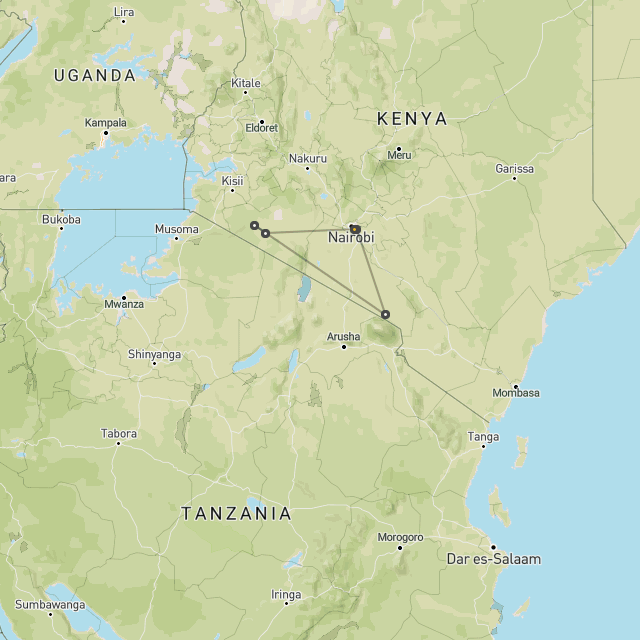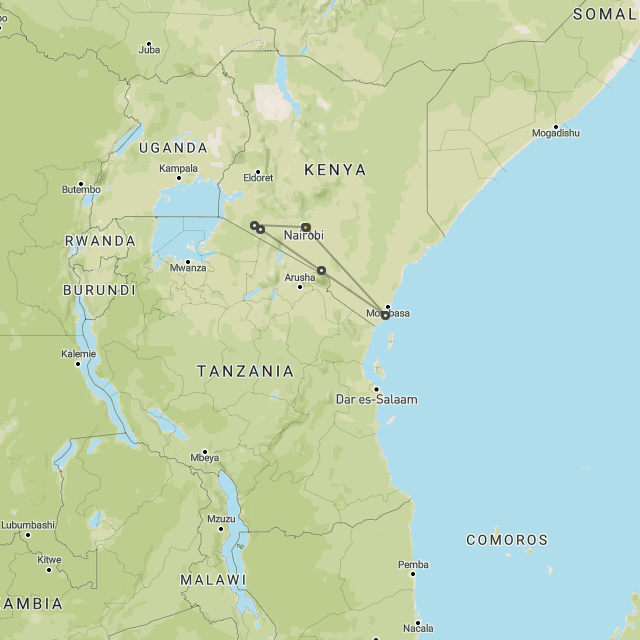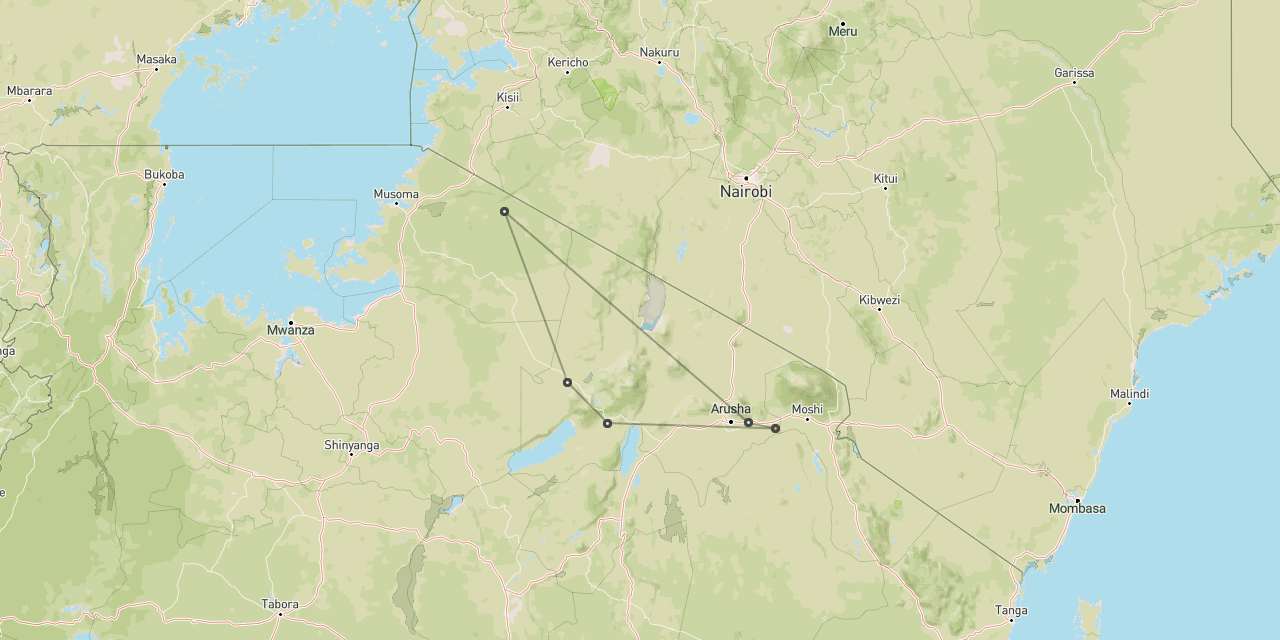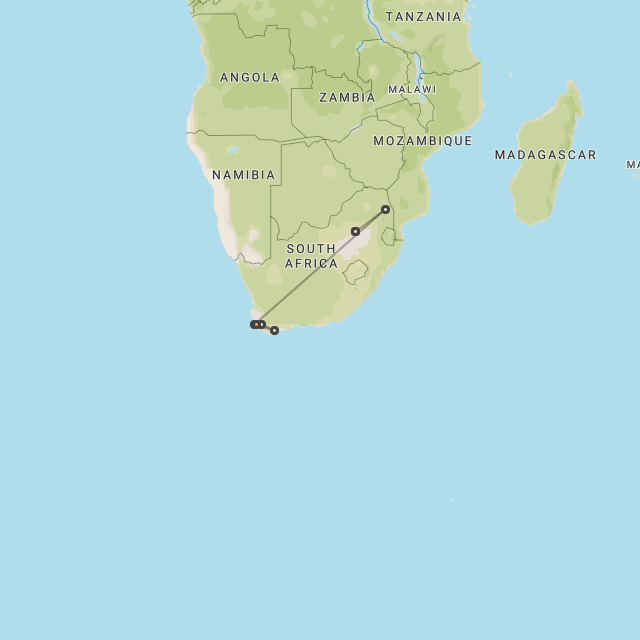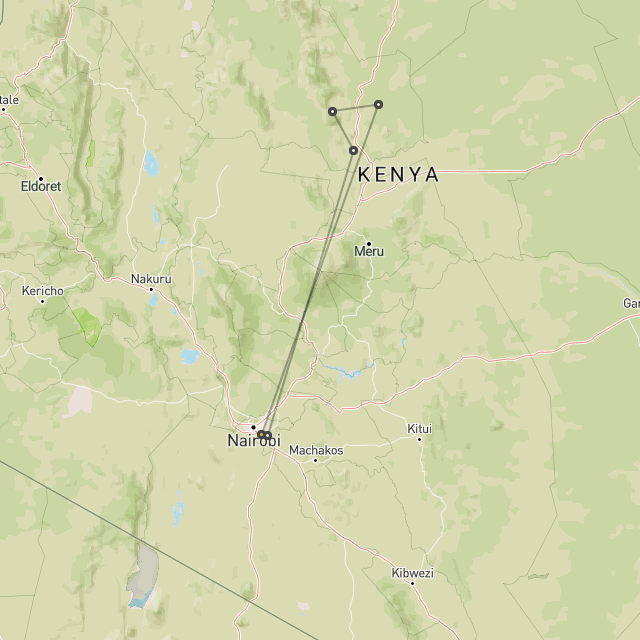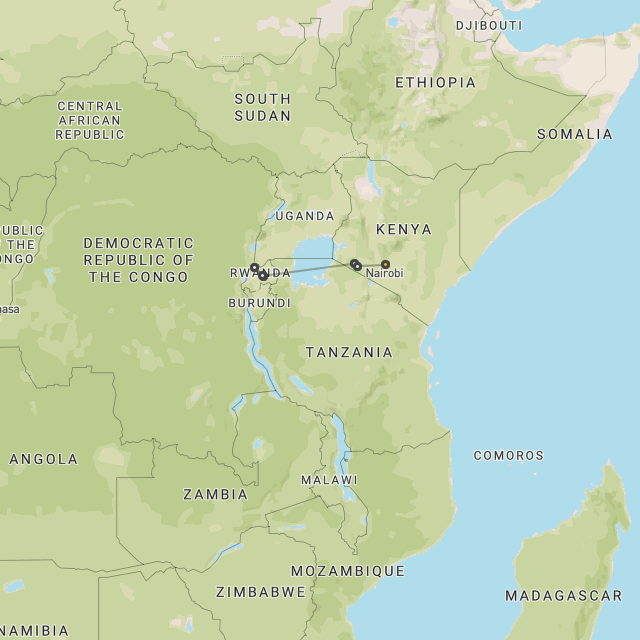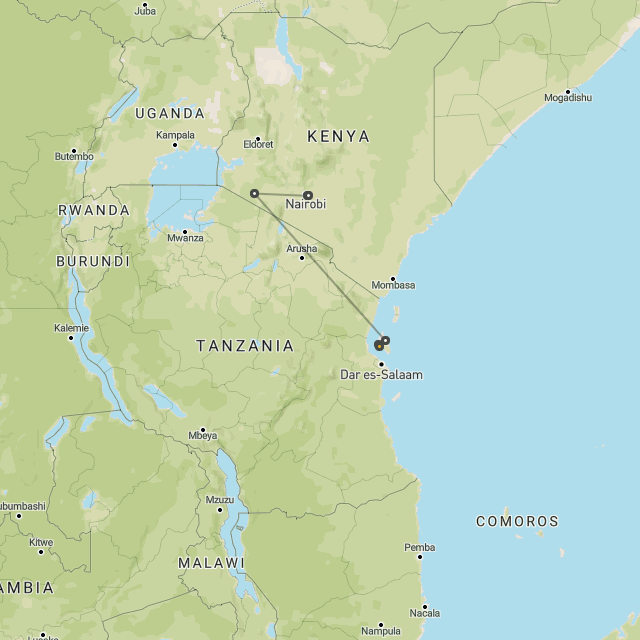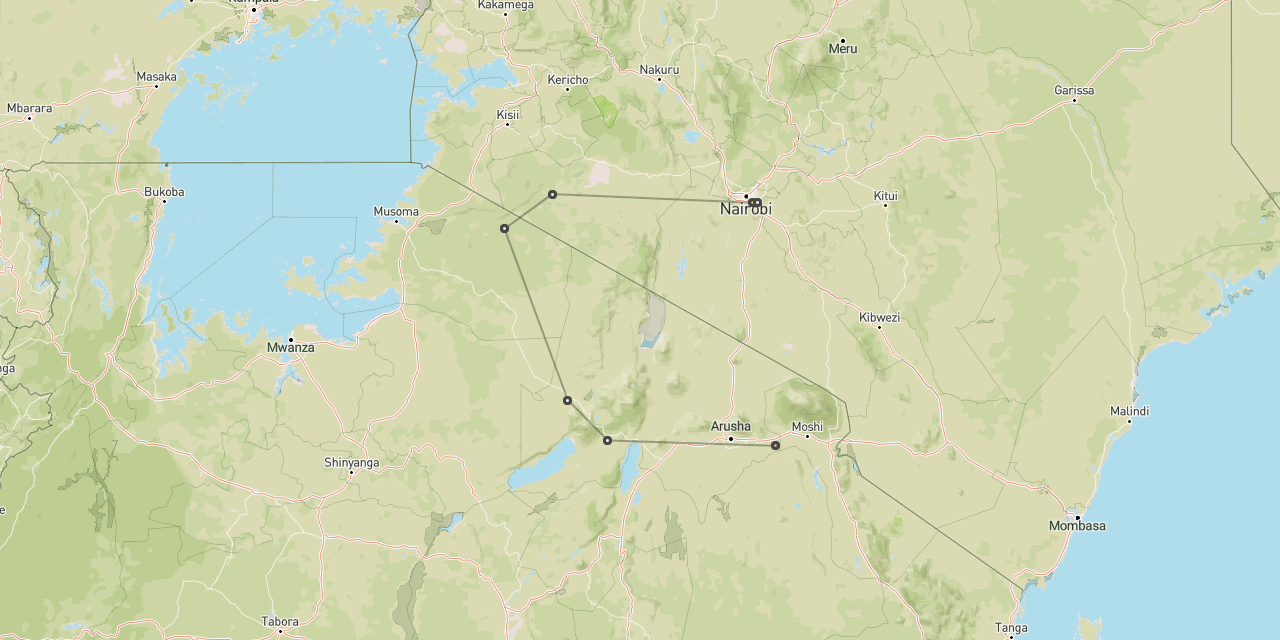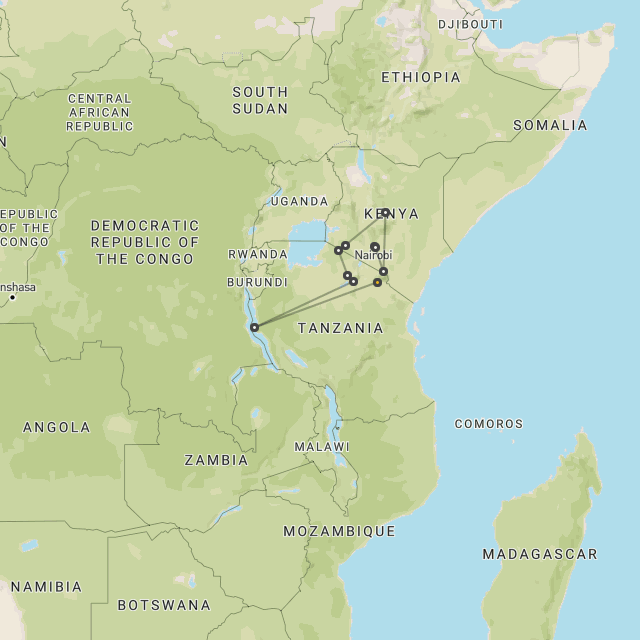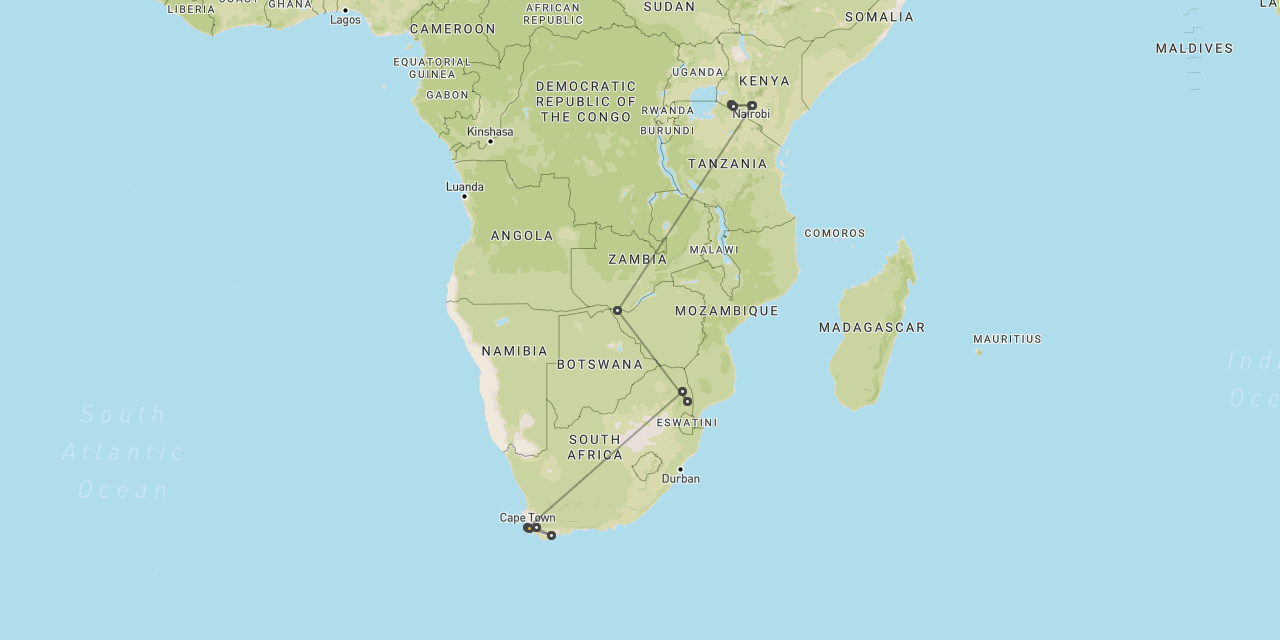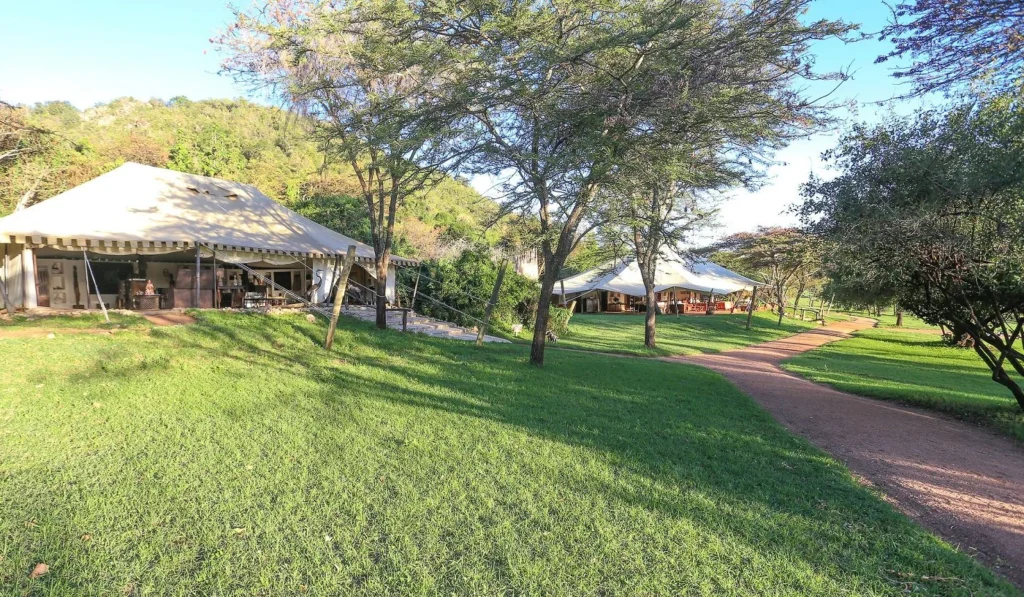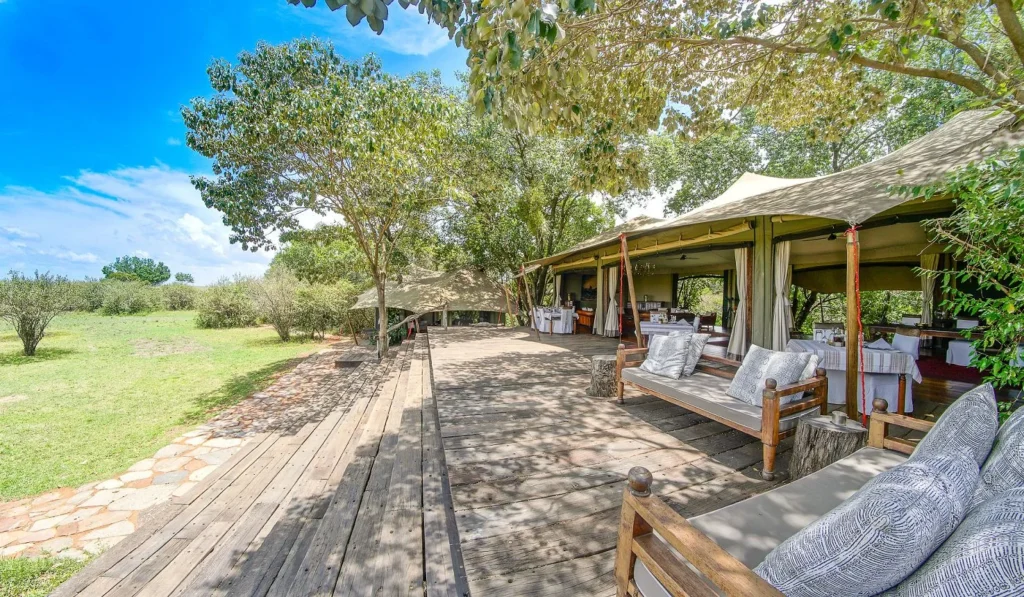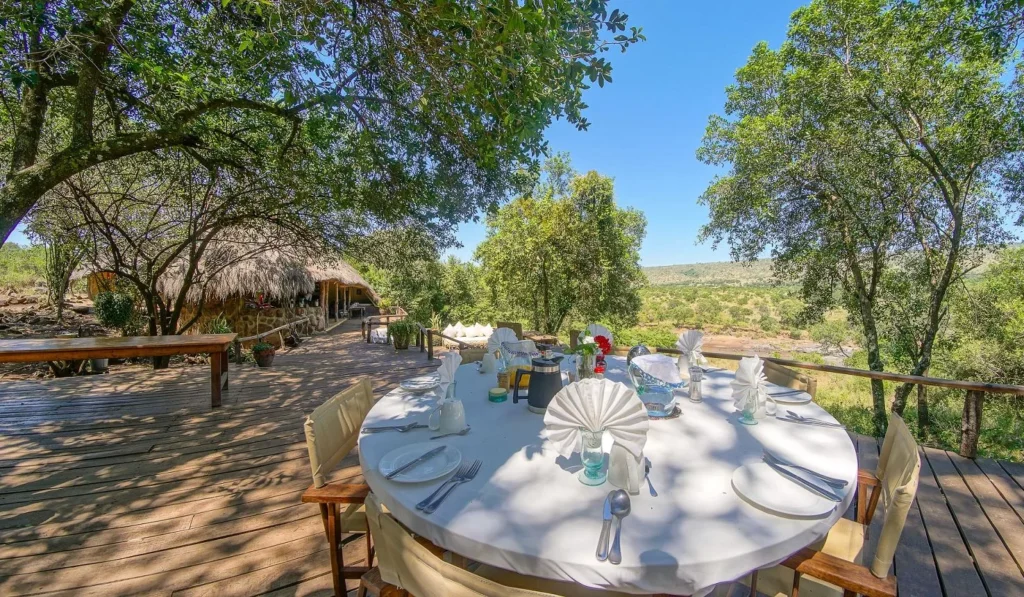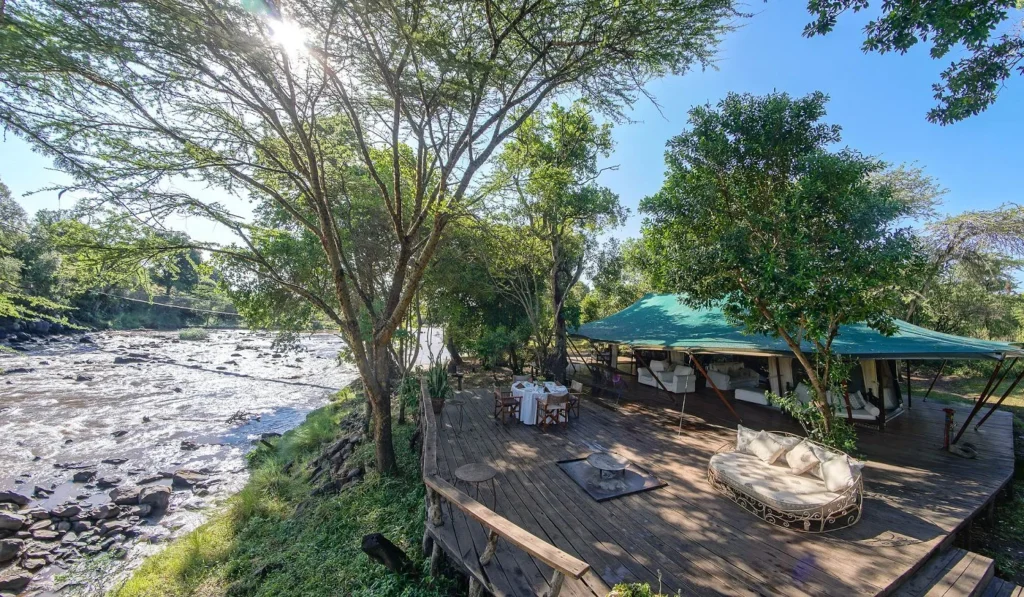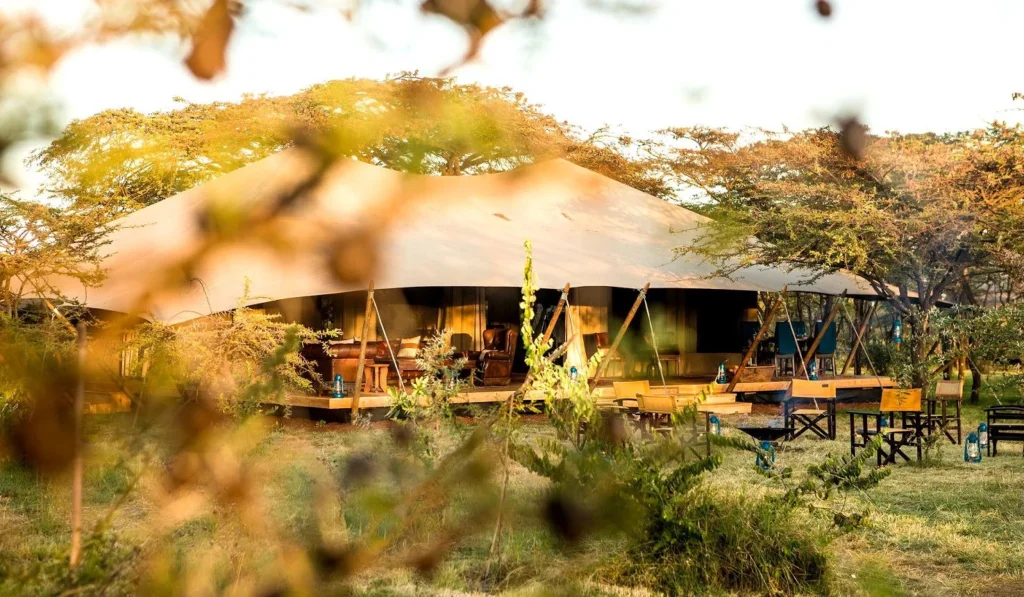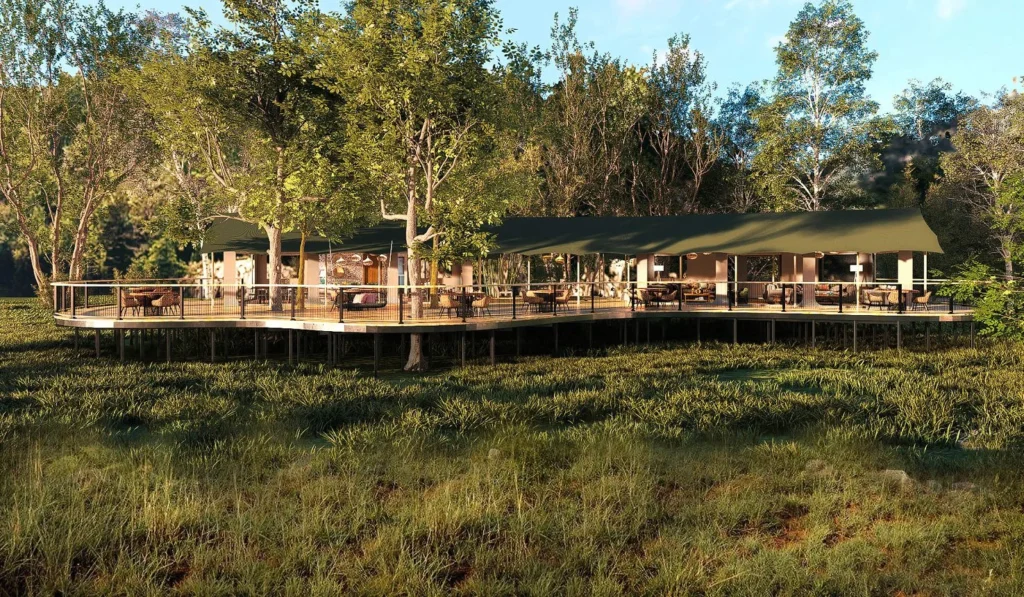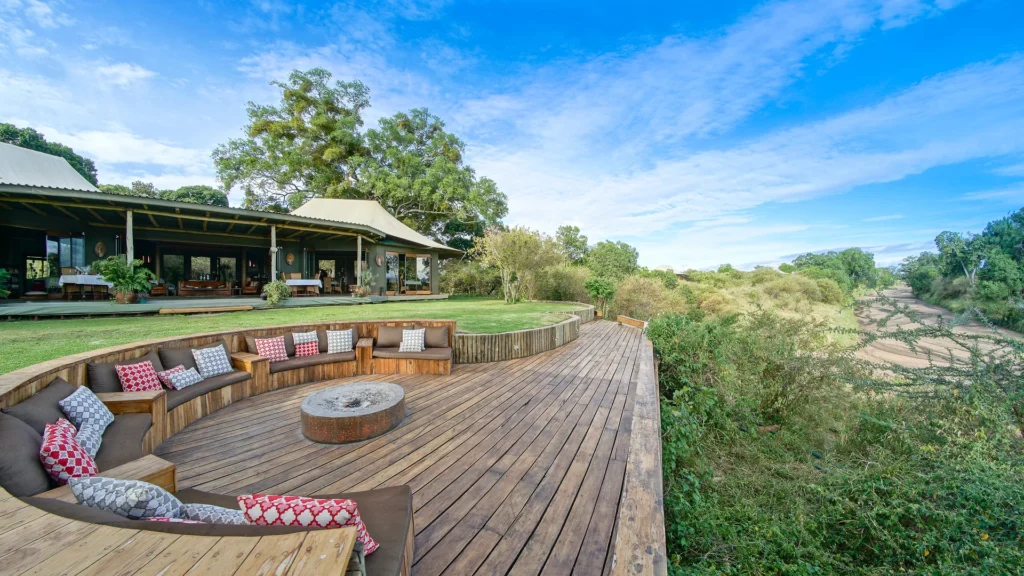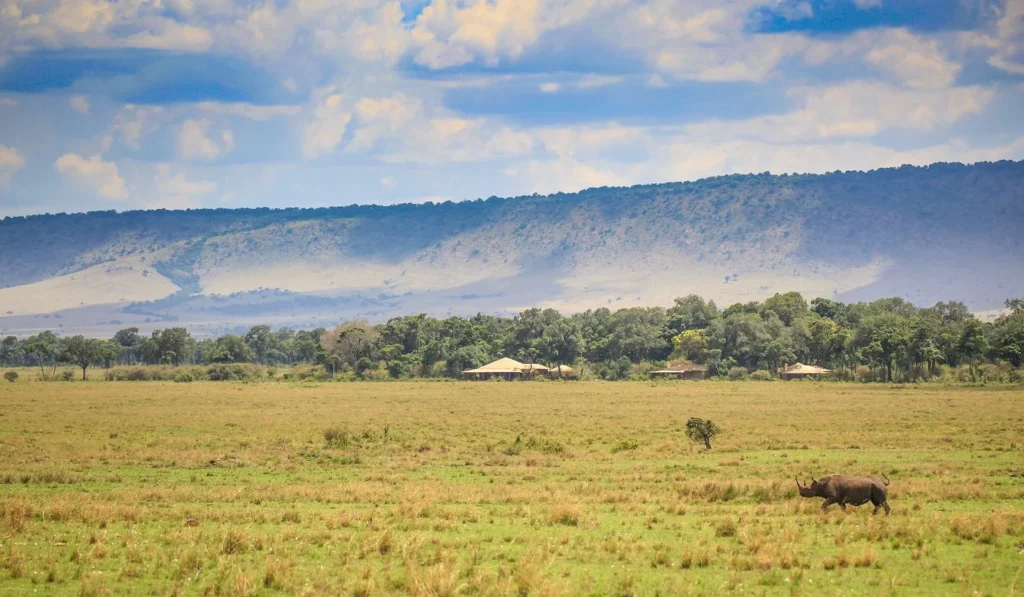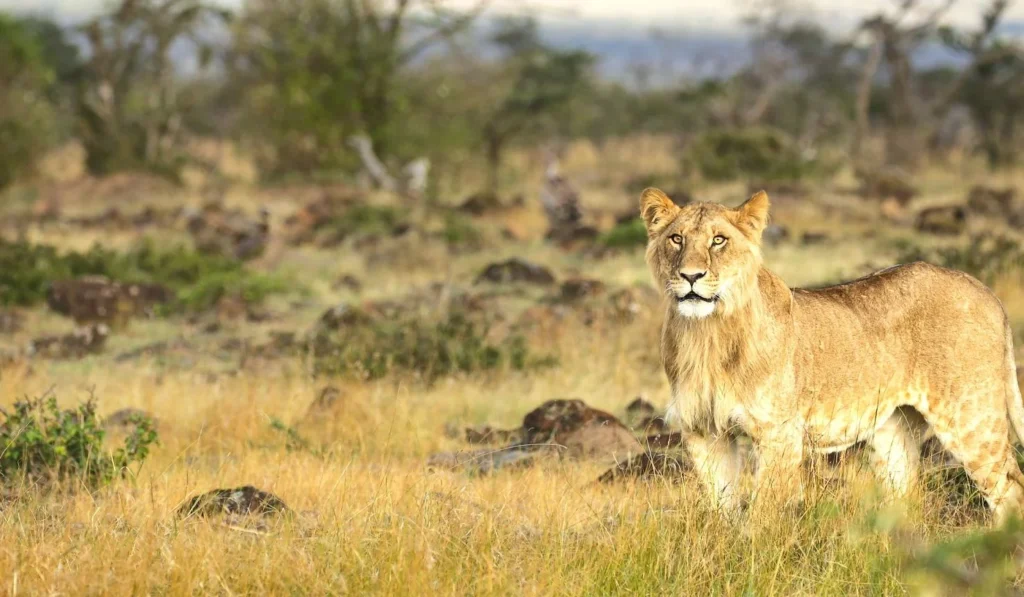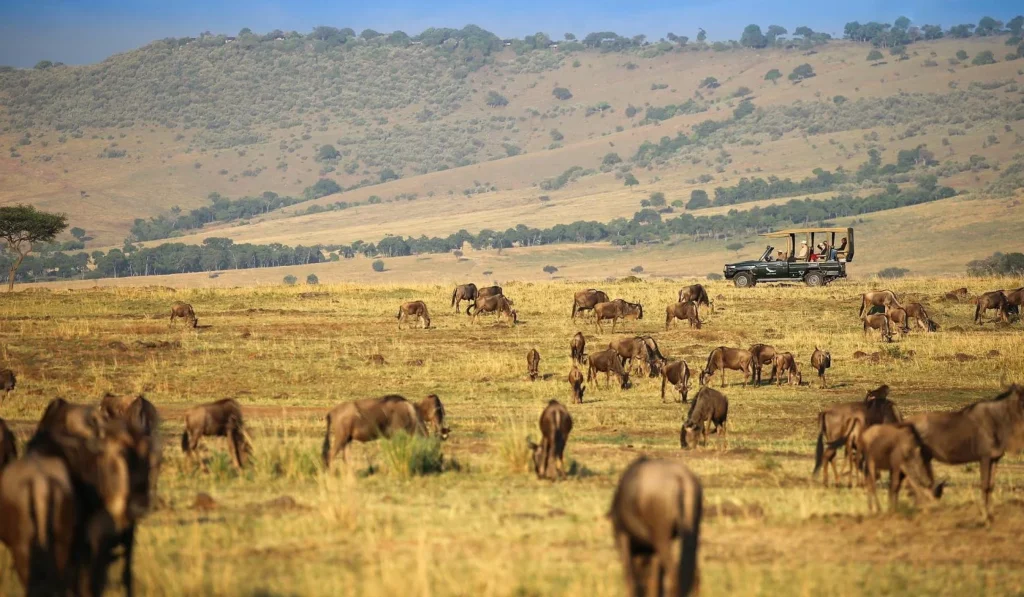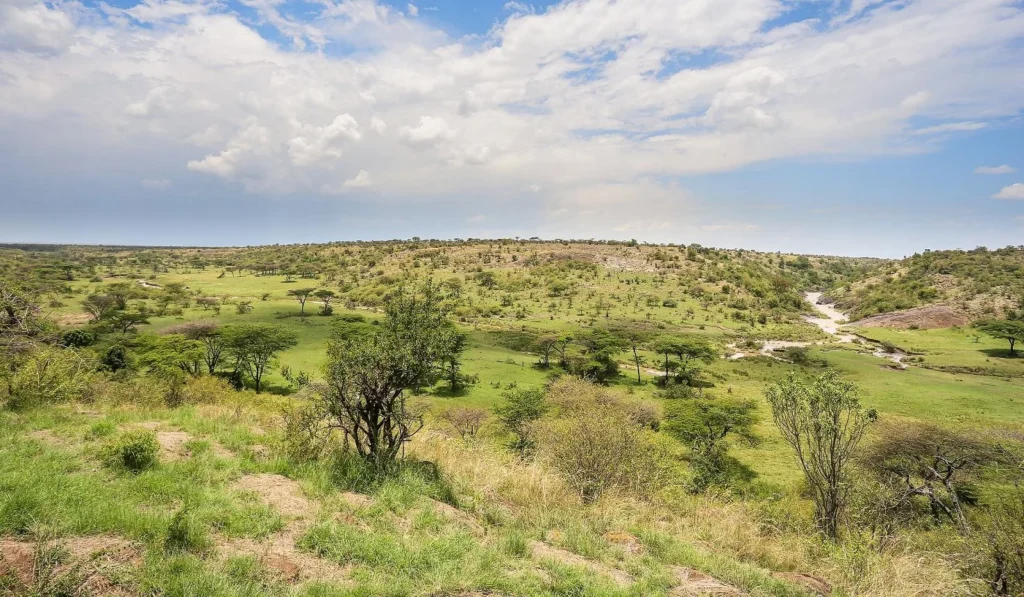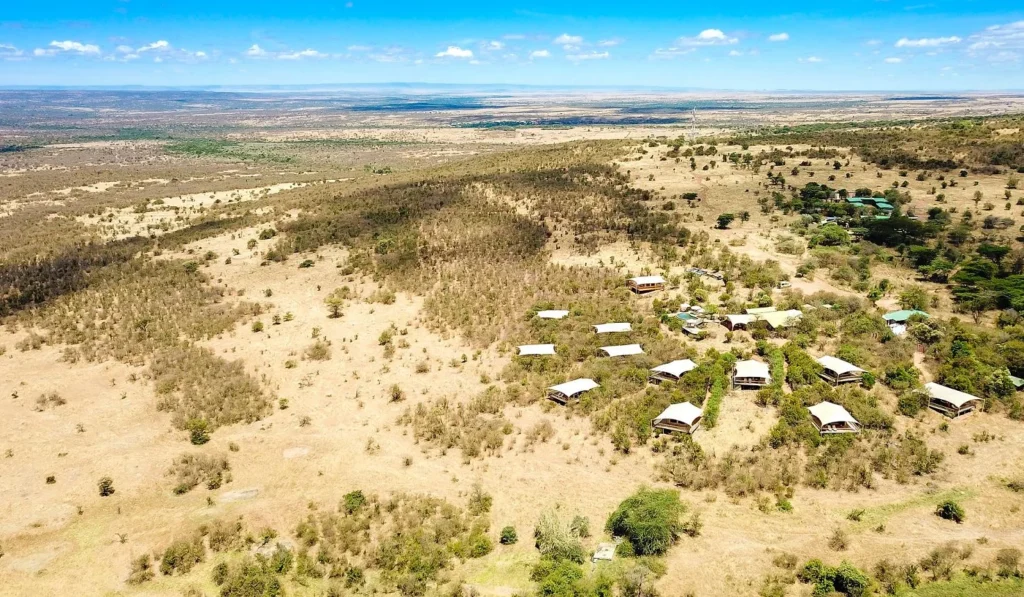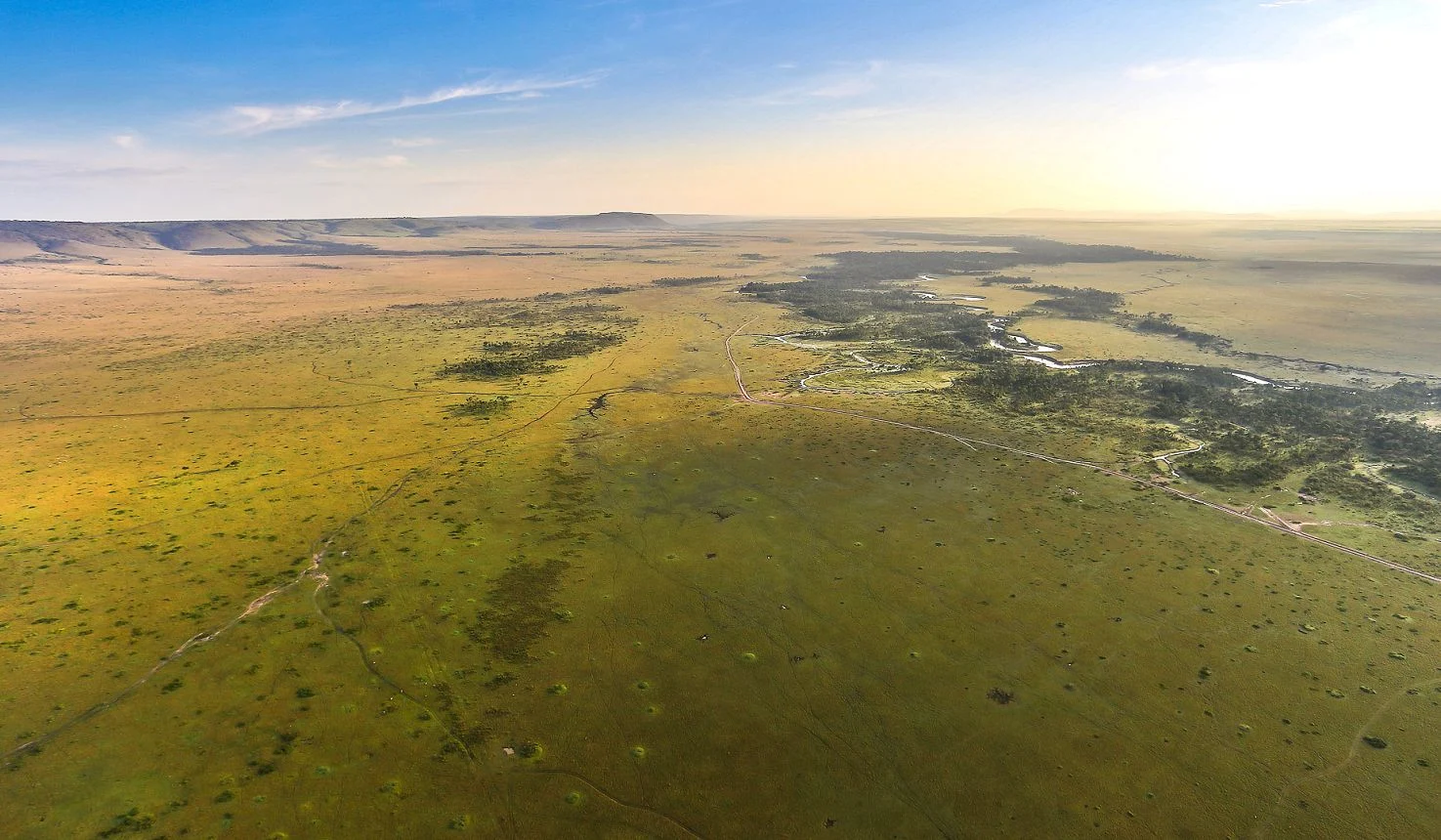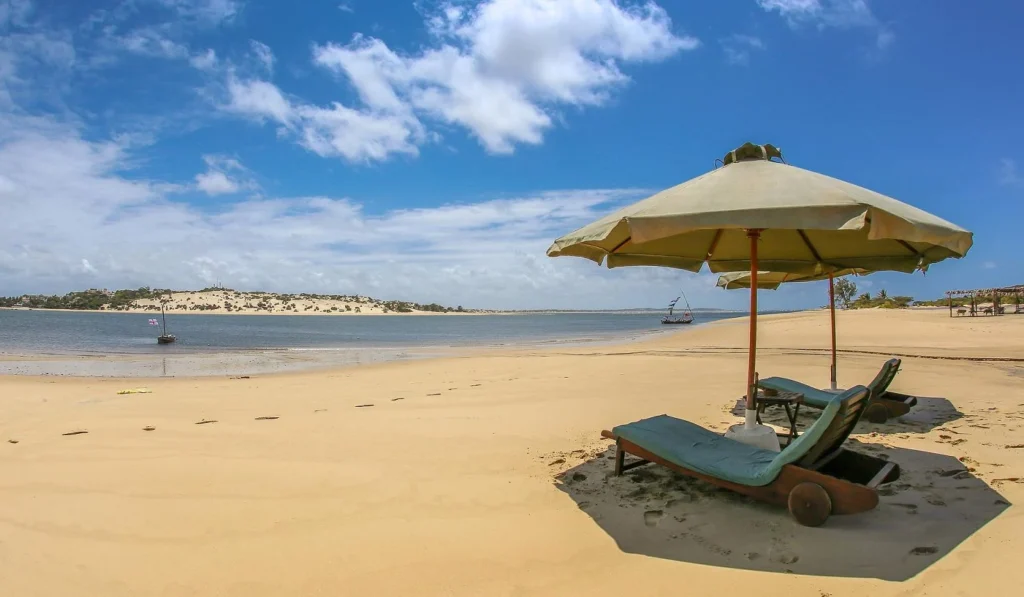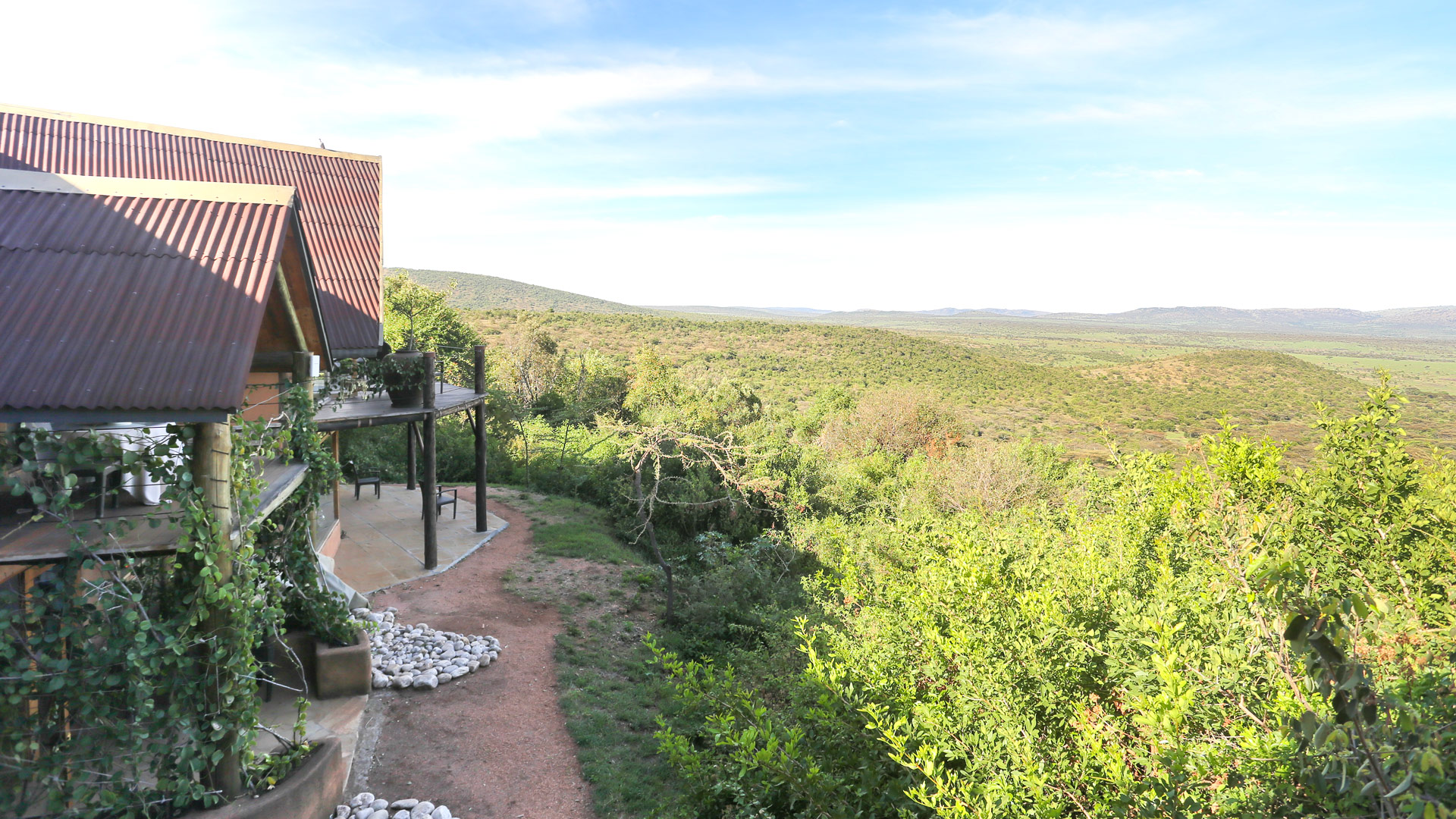
Safari to Mara Southeast
Mara Southeast
is a remote private reserve,
with one high quality lodge
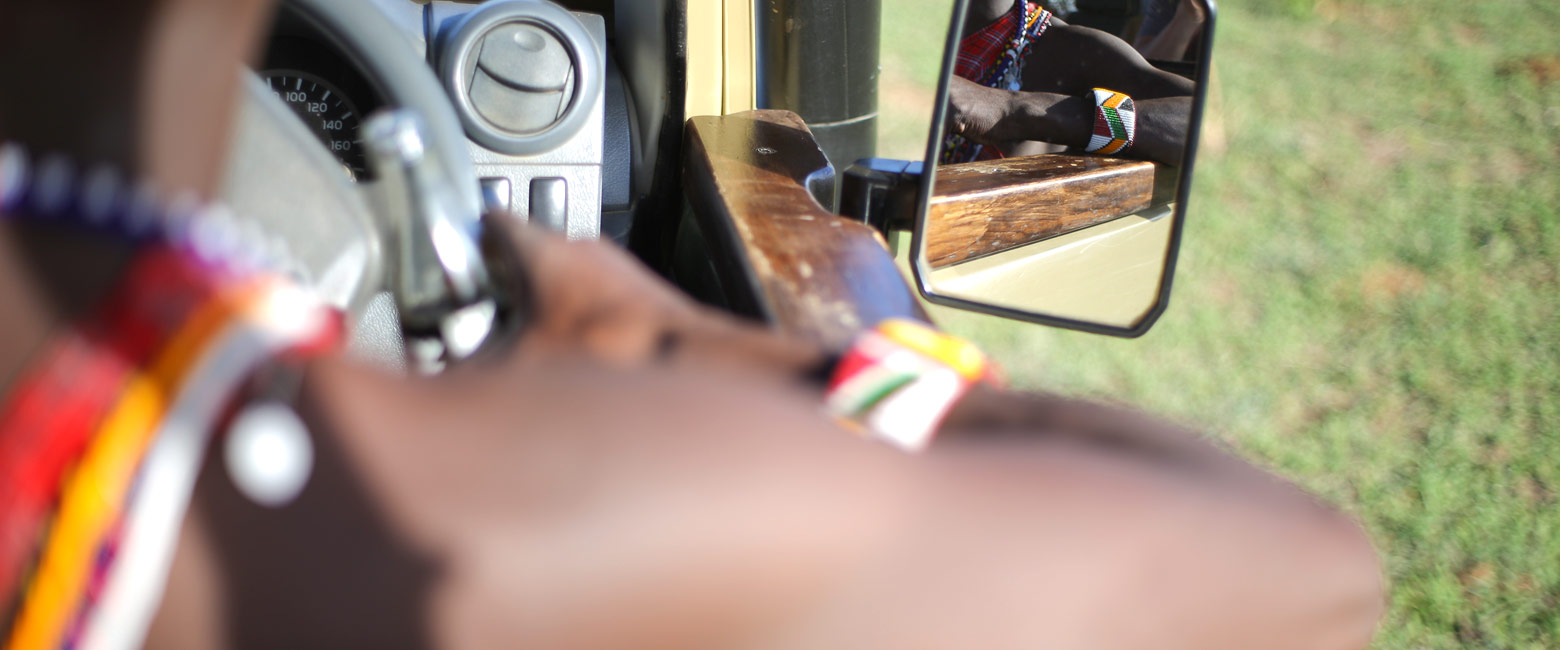
pleasantly remote, but distant from the river
Mara Southeast is a large private conservancy area that lies to the southeast of the main Maasai Mara reserve in southwest Kenya.
Heading eastward through the main Maasai Mara National Reserve, the open grass plains become increasingly undulating, with broad slopes of acacia scrub and denser stands of riverine forest in the valleys, eventually rising up to substantial granite hills.
On the lower slopes, plains animals such as zebras, impalas and wildebeest are more common, along with the associated lions, cheetahs and hyenas. Into the acacia scrub and woodland, species such as elephants, buffaloes, waterbucks and baboons become more commonplace.
The couple of camps out here all sit in the foothills, with views back down towards the plains. It really is remarkably peaceful by comparison with adjacent heavy traffic areas.
Being a private conservancy means that vehicle traffic is strictly limited. Other than vehicles on the transit road, only guests of the dozen or so small camps here are permitted to explore this significant tract of prime land. Vehicle clusters are rare.
The private conservancy status also means that camp operators are free to offer off-road driving, walking safari, bush meals and some limited night vehicle safari, which helps to produce a much more rounded experience.
There are also significant opportunities for cultural interaction with the local Maasai people, who are shareholders in the conservancy and therefore tend to be very welcoming.
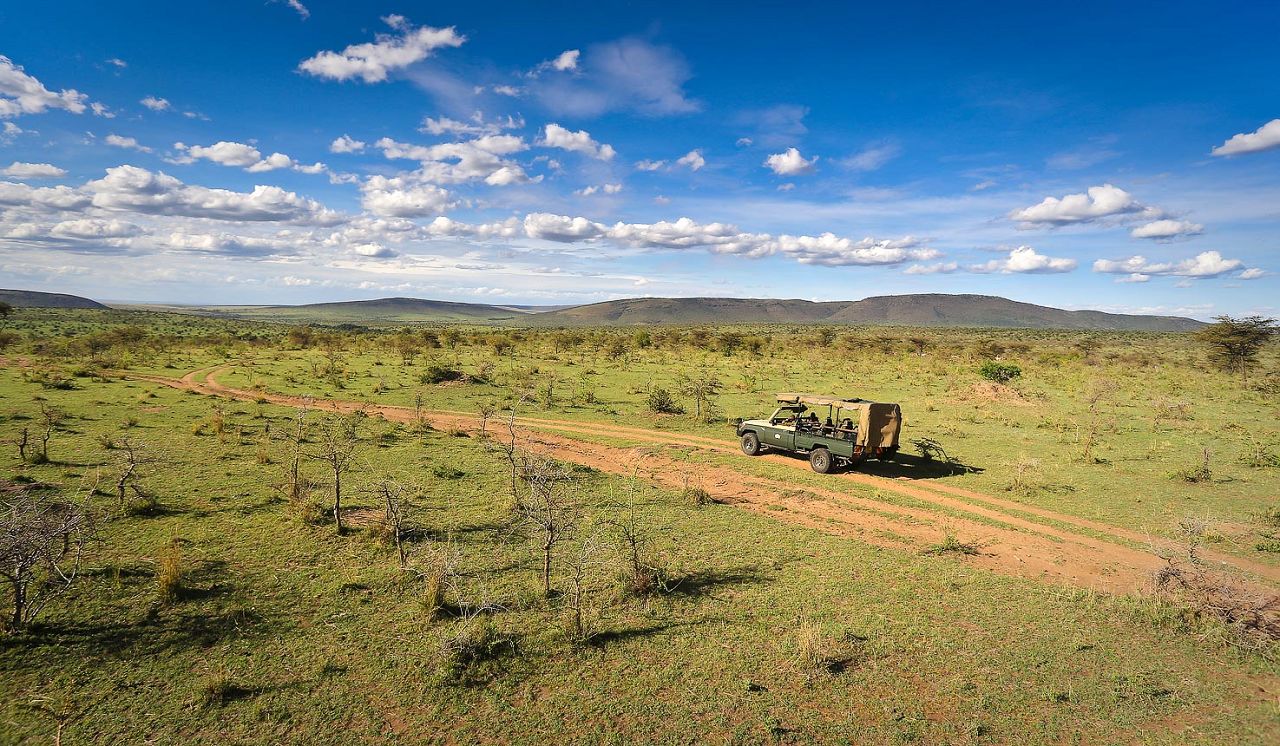
Gallery
Map
The Maasai Mara tends to feature in almost all safari trips to Kenya. As well as being the best known reserve, it is also the most productive for wildlife.
The usual stay duration is 4-8 nights split between two camps, less frequently 3-4 nights in just one camp.
Seasonality
The best time of year to visit the Maasai Mara area is generally considered to be the Jul-Oct dry season, when the weather should be reliably good and the wildlife concentrated around the permanent water sources.
The Nov-Jun green season may be much less dependable for weather, but remains really strong for wildlife viewing.
Visitor traffic is less of an issue in this private area, but you can expect the camps to be fully booked during the Jul-Oct and Dec-Jan high seasons. So there can be slight advantages to visiting during quieter periods.
Getting around
You’re most likely to arrive into the Maasai Mara area via the regular light aircraft services that operate from Nairobi, which means that you will travel around the area with a guide and vehicle from the camp in which you are staying.
If you’re staying in more than one camp in the greater Maasai Mara then inter-camp transfers are usually operated by the departing camp and generally pass through wildlife areas for most if not all of their routes.
It’s also possible to travel down from Nairobi to the Maasai Mara by road, which is quite a long and tiresome journey, but not without interest. The trouble is that the better lodges in the Mara will offer you no discount for having your own guide and vehicle along, so you end up paying for both, which works out more expensive than flying down.
Where to stay
There is only one real accommodation option in this area, the long-established and high-end Cottars 1920s Camp
centred on one outstanding safari lodge
let us know your thoughts about Kenya
and we will help you create the perfect safari
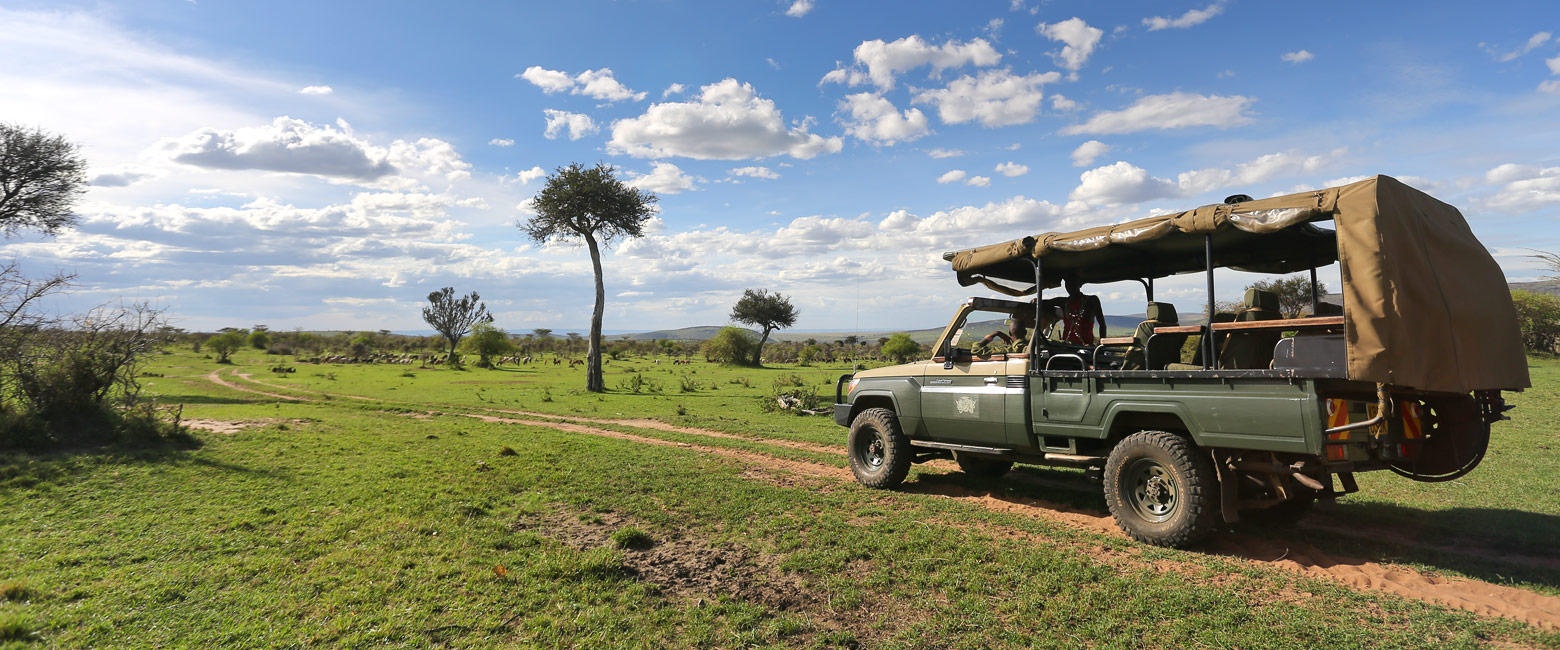
Extraordinary tailor-made adventures,
from earthy and edgy to easy and extravagant
From around USD 2500 per person, you set the ceiling
Sample Trips
Here are some of our popular trip shapes
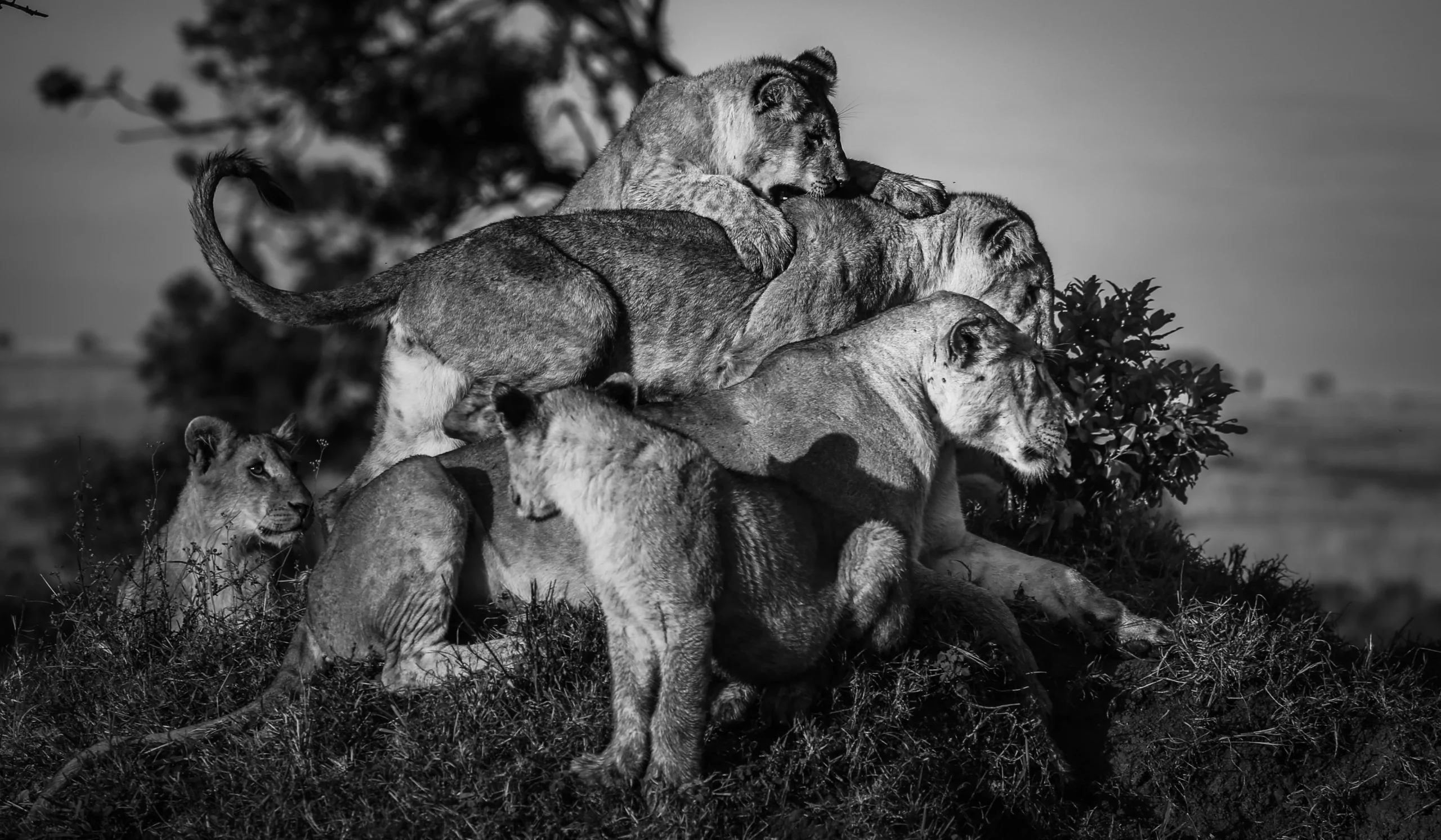
Get started on your trip
It’s never too soon to get in touch, we are here to help with every stage of your planning.
Best Lodges
We regularly inspect and photograph all of the the best lodges, to ensure that we always recommend the most suitable options
Key Locations
Take a look around related locations. Click ‘View more’ to explore locations further afield.











